Federal regulations surrounding effluent limitation guidelines (ELGs) and coal combustion residuals (CCRs) are placing new wastewater treatment requirements on coal-fired power plants. The ELG rules mandate that flue gas desulfurization (FGD) wastewater and bottom ash transport streams are treated to higher effluent limit standards while CCR regulations require that plant operators take action to reclaim existing ash ponds. To address both rules, and especially the ELGs, significant wastewater treatment upgrades are necessary. As coal-fired power plants plan, develop, and implement strategies for meeting compliance, consulting engineers responsible for design work should consider the critical role that expansion joints play in protecting wastewater system piping and equipment.
Key Functions Of Expansion Joints
Expansion joints serve several vital purposes in piping infrastructure. They are designed into water and wastewater piping systems to absorb and reduce vibration, which can cause negative effects to pumping equipment. Expansion joints also accommodate piping misalignments and allow piping systems to be more forgiving of movement—a design that is crucially significant for counteracting thermal growth that occurs when pipes expand or contract. Additionally, expansion joints are essential for reducing loading on nozzles, valves, and other system components. And they are especially important for managing stresses specific to piping composed of fiberglass reinforced plastic (FRP), high-density polyethylene pipe (HDPE), and thermoplastics, which are the materials of choice for wastewater conveyance systems due to their resiliency against harsh waste streams—such as FGD wastewater—that contain corrosive elements such as acids, alkalis, possible solids, and high chloride levels.
Design Considerations For Wastewater Systems
Designing expansion joints into power plant wastewater treatment piping requires careful consideration of several key variables. Engineers should always consider the upset condition and are advised to perform thorough risk analyses to ensure that failures are avoided and the reliability, performance, and operating life of the expansion joints—and the overall system—are optimized.
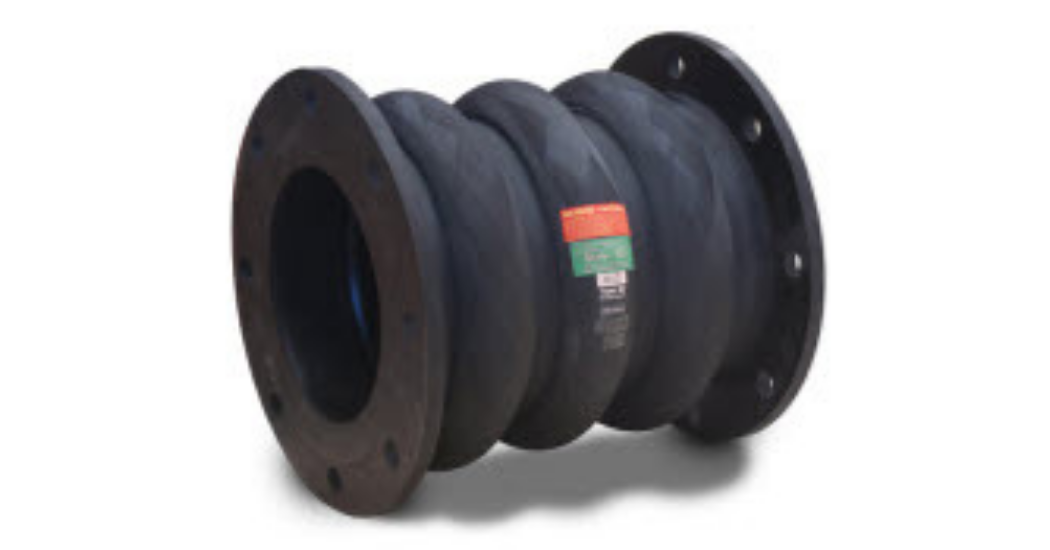 Firstly, expansion joint designs need to conform to the type of piping material used throughout the plant. FRP, HDPE and thermoplastics, while effective for transporting corrosive wastewaters, can be different to work with from an integration standpoint, requiring the right type of expansion joint (whether it’s open or closed arch), the precise elastomer, the correct spring rates and flow characteristics, and the right accompanying metal hardware. Where bolts are required, they need to be used in a way where they won’t bite into fiberglass and the right torque needs to be applied to make sure its sealed. Importantly, the expansion joints themselves need to be composed of materials and intentionally designed to resist abrasive wastewater streams.
Firstly, expansion joint designs need to conform to the type of piping material used throughout the plant. FRP, HDPE and thermoplastics, while effective for transporting corrosive wastewaters, can be different to work with from an integration standpoint, requiring the right type of expansion joint (whether it’s open or closed arch), the precise elastomer, the correct spring rates and flow characteristics, and the right accompanying metal hardware. Where bolts are required, they need to be used in a way where they won’t bite into fiberglass and the right torque needs to be applied to make sure its sealed. Importantly, the expansion joints themselves need to be composed of materials and intentionally designed to resist abrasive wastewater streams.
Whether the piping system is composed of FRP, HDPE, thermoplastics, or a different material, the connection points are another area of consideration that presents challenges. Here, design engineers need to understand the dynamics associated with expansion joint connections including the many different types of machinery, components, and engineered designs that are used with irregular flange connections. One design example is an integral tie rod (ITR) that is used to eliminate concerns with pump or valve casing interference issues or pressure thrust forces that can be transmitted to the backside of a pump or valve mating flange. The ITR design can also be used to eliminate possible interferences for bolting or rods and is applicable to non-metallic piping systems where plastic/fiberglass mating flanges can not tolerate pressure thrust loads.
Some of the pumps that are used in these applications aren’t necessarily a full-face flange and instead might incorporate a flange arrangement where bolts are set down into the pump. This kind of design does not always provide enough surface for an adequate seal, requiring something a bit unique where a metal ring is inserted inside of the rubber flange of the expansion joint to ensure that the seal point and connection are sound.
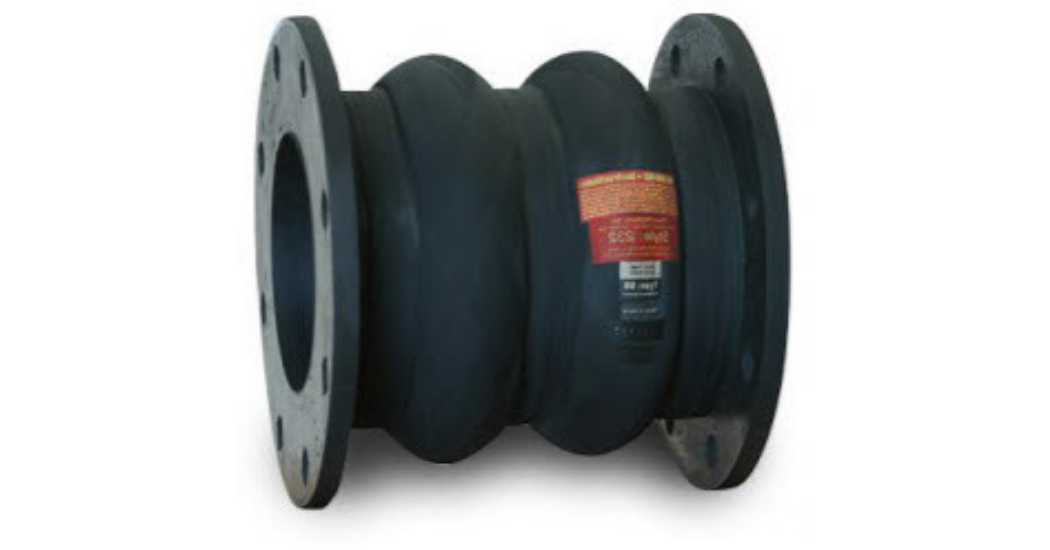 Similarly, HDPE piping typically incorporates stub ends with metal rotating ring flanges for connection, which does not allow for a full faced rubber expansion joint flange to seal properly. Here, a specially designed beaded end flange expansion joint with interior retaining ring/tie rod set up is needed to overcome this challenge and establish a lasting seal. In both cases, torque comes into play and should be heeded to prevent damage to the flange.
Similarly, HDPE piping typically incorporates stub ends with metal rotating ring flanges for connection, which does not allow for a full faced rubber expansion joint flange to seal properly. Here, a specially designed beaded end flange expansion joint with interior retaining ring/tie rod set up is needed to overcome this challenge and establish a lasting seal. In both cases, torque comes into play and should be heeded to prevent damage to the flange.
It’s equally important to be knowledgeable of the type of flange setup characteristic to each manufacturer, as they are all not the same. For instance, some FRP suppliers incorporate metals into their flanges, resulting in a flange that is comparably much stiffer. This knowledge is important for specifying the right product that won’t crack the flange of the FRP.
Engineering consultants should be aware that no two plants are the same—each is a custom facility with varying chemistries, waste streams, feedwaters, and coal types. Often, they have morphed and evolved through the years in their own ways. In many cases, the plant footprints were not originally designed to accommodate the additional requirements that were placed on them. These plants are running out of space and many have grown over time to include very elaborate systems of smaller diameter piping, including lots of different pumps, tanks, nozzles, valves, other equipment. When evaluating the back end of a power plant and piping configurations of this kind, engineers need the experience to manage the range of design and connection point nuances that will undoubtedly exist.
Additionally, modeling software provides basic values for expansion joints. These values can change with application and material requirements.
Leave It To The Experts
Expertise is not only valuable, but essential when it comes to expansion joint designs for today’s wastewater treatment upgrades. Deep knowledge of wastewater systems and components, and how expansion joints relate to them, is necessary to avoid the potential pitfalls and failure mechanisms.
Expertise is needed for managing the different connection points and the problematic areas of those connections. Expansion joint designs need to be consistent with standard material practices such as ASME NM.2 (2020 Glass-Fiber-Reinforced Thermosetting-Resin Piping) and the FSA (Fluid Sealing Association). A clear understanding is required of material selections per B31.1 of the Power Piping Code, including industry standards for materials such as FRP. Incorporating guidance learned during pipe stress modeling for designing expansion joints to accommodate pipe movements will help mitigate risk factors and improve system performance for the owner.
With expansion joint designs, the safety of plant personnel is a top priority. Design engineers need to be deeply aware of the likely points in a plant where interactions between personnel and expansion joints can occur and should understand how to incorporate measures and design options to protect workers.
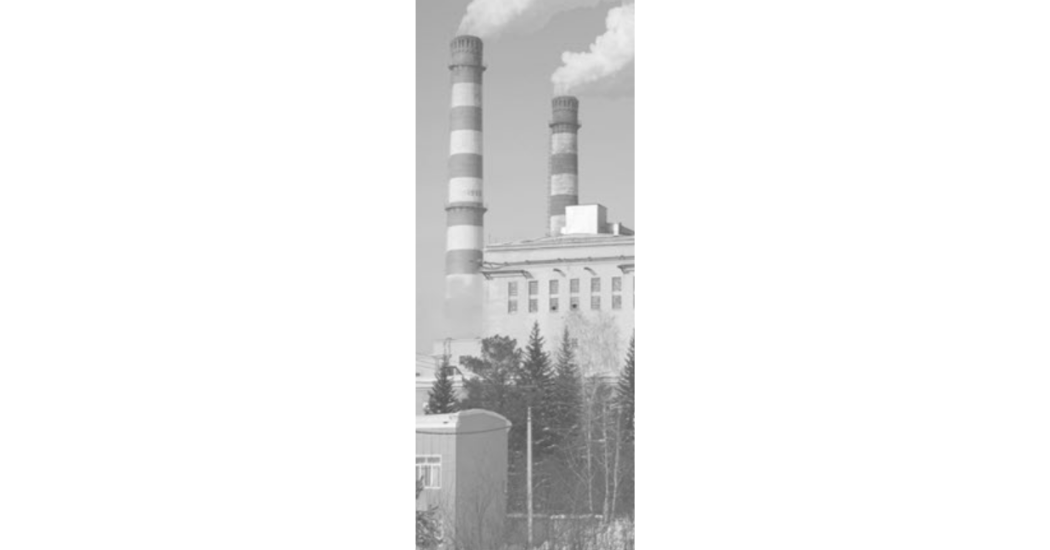 Expansion joints have been used in piping and pump systems for nearly 90 years and the industry knowledge that exists is deep and extensive. When designed, installed and managed correctly, expansion joints will help sustain a long lifecycle of your pumps and deliver long-term protection of your systems for many years to come.
Expansion joints have been used in piping and pump systems for nearly 90 years and the industry knowledge that exists is deep and extensive. When designed, installed and managed correctly, expansion joints will help sustain a long lifecycle of your pumps and deliver long-term protection of your systems for many years to come.


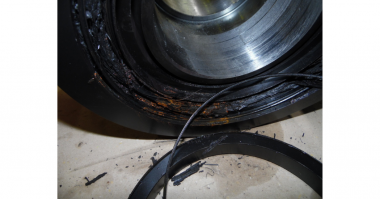
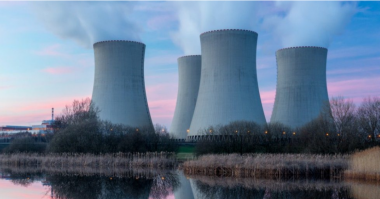
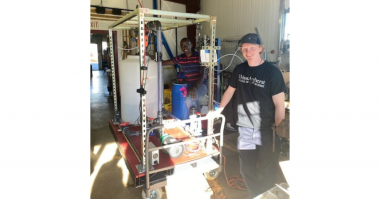
Comments